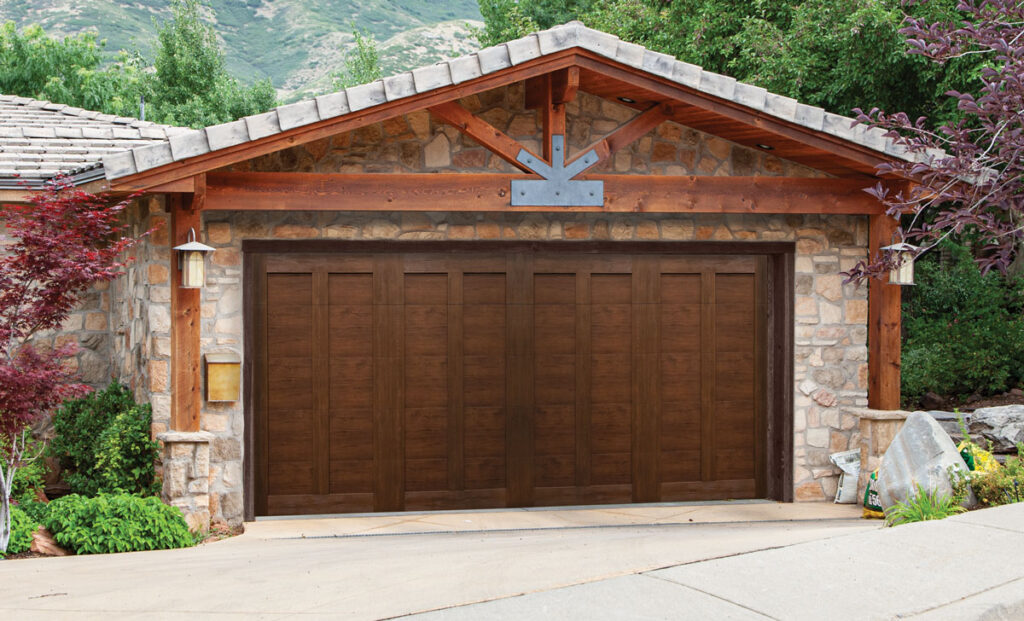Your Garage Door Repairs Rockwall TX is a crucial component of your home, providing security, convenience, and curb appeal. Regular maintenance and timely repairs can help ensure that your garage door operates smoothly and efficiently.

While some issues may require professional intervention, there are simple things homeowners can check before calling in the experts. In this article, we’ll explore five simple things to inspect for garage door repair, offering a DIY guide to help you identify and address common issues.
1. Visual Inspection of Hardware:
The first step in identifying potential issues with your garage door is to conduct a visual inspection of the hardware. This includes hinges, rollers, tracks, and springs. Look for signs of wear, rust, or damage. Pay attention to whether any components appear misaligned or bent. Tighten loose bolts and nuts using the appropriate tools, ensuring that all hardware is securely fastened. If you notice significant damage or wear, it may be an indication that these components need replacement.
DIY Tip:
Use a lubricant on moving parts, such as rollers and hinges, to reduce friction and ensure smooth operation. Lubrication can also help prevent rust and extend the lifespan of these components.
2. Balance and Alignment:
An imbalanced or misaligned garage door can lead to operational issues and premature wear on certain components. To check the balance of your garage door, close it and disconnect the automatic opener. Manually lift the door halfway and release it. If the door stays in place, it is well-balanced. If it moves up or down, it indicates an imbalance that should be addressed.
Inspect the alignment of the tracks by visually assessing whether they are straight and parallel. Misaligned tracks can cause the door to operate unevenly. If you notice any misalignments, carefully adjust the tracks using the appropriate tools.
DIY Tip:
Use a level to ensure that the tracks are perfectly aligned. If adjustments are needed, loosen the screws holding the tracks in place, make the necessary adjustments, and tighten the screws again.
3. Test Safety Features:
Garage doors are equipped with safety features to prevent accidents and injuries. Two common safety features are the photo-eye sensors and the auto-reverse mechanism. The photo-eye sensors are located near the ground on both sides of the door and prevent the door from closing if an object or person is in its path. Test these sensors by placing an object in the door’s path while closing it. The door should automatically reverse.
The auto-reverse mechanism ensures that the door reverses direction if it encounters resistance while closing. Test this feature by placing a piece of wood on the ground in the door’s path. If the door does not reverse upon contact with the wood, adjustments or repairs may be necessary.
DIY Tip:
Regularly clean the photo-eye sensors to ensure they are free from dirt or debris, as this can interfere with their functionality. If the auto-reverse mechanism fails to operate correctly, consult the owner’s manual for guidance on adjustments.
4. Inspect Weather Stripping:
Weather stripping along the sides and bottom of the garage door is essential for keeping out elements such as rain, snow, and debris. Over time, weather stripping can wear out or become damaged, compromising its effectiveness. Inspect the weather stripping for signs of wear, cracks, or gaps. If you notice any issues, replace the weather stripping to maintain a proper seal.
DIY Tip:
Weather-stripping replacement is a straightforward task. Purchase a suitable replacement material, remove the old weather stripping, and install the new one by pressing it firmly into place. Ensure a snug fit to prevent drafts and moisture infiltration.
5. Check the Automatic Opener:
The automatic opener plays a crucial role in the smooth operation of your garage door. Check for any unusual noises, vibrations, or delays when operating the opener. Inspect the opener’s chain or belt for signs of wear or slack. Tighten or replace the belt or chain if necessary. Additionally, test the responsiveness of the opener by operating it from both the wall control and the remote control.
DIY Tip:
Inspect the opener’s safety release mechanism by pulling the release cord and manually operating the door. This ensures that the opener is disengaged, allowing you to open and close the door manually. Re-engage the mechanism by pulling the cord again.
Conclusion: Know When to Seek Professional Help:
While these DIY checks can help you identify and address common Garage Door Repairs Rockwall TX, it’s important to know when to seek professional help. If you encounter complex problems, such as electrical issues with the opener, extensive structural damage, or if the door’s performance does not improve after DIY efforts, it’s advisable to consult with a professional garage door technician. Regular maintenance and prompt attention to minor issues can contribute to the longevity and optimal performance of your garage door, ensuring it remains a reliable and secure component of your home.
BH Garage Doors and Gates
1-214-206-5231

Leave a Reply